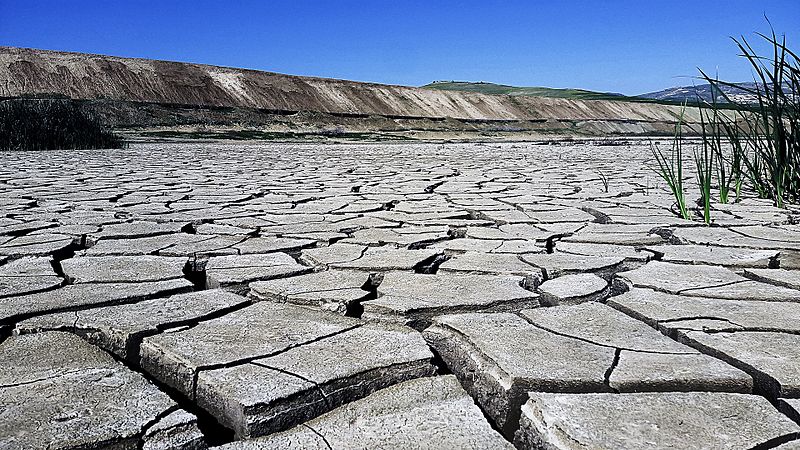Climate change is widespread, rapid and intensifying – and it’s down to us
For those who live in the West, the dangers of warming our planet are no longer something distant, impacting people in faraway places.
“Climate change is not a problem of the future, it’s here and now and affecting every region in the world,” said Dr Friederike Otto from the University of Oxford, and one of the many authors on the UN’s Intergovernmental Panel on Climate Change (IPCC) report.
It is the confidence of the assertions that the scientists are now making that is the real strength of this new publication.
The phrase “very likely” appears 42 times in the 40-odd pages of the Summary for Policymakers. In scientific terms, that’s 90-100% certain that something is real.
“I think there’s not one single kind of new surprise that comes out, it’s the over-arching solidness that makes this the strongest IPCC report ever made,” Prof Arthur Petersen, from University College London (UCL), told BBC News.
Prof Petersen is a former Dutch government representative at the IPCC, and was an observer at the approval session that produced this report.
“It’s understated, it’s cool, it’s not accusing, it’s just bang, bang, bang, one clear point after the other.”
The clearest of these points is about the responsibility of humanity for climate change.
There’s no longer any equivocating – it’s us.
The 1.5C temperature limit is on life support
When the last IPCC report on the science of climate change was published in 2013, the idea of 1.5C being the safe global limit for warming was barely considered.
But in the political negotiations leading up to the Paris climate agreement in 2015, many developing countries and island states pushed for this lower temperature limit, arguing that it was a matter of survival for them.
A special report on 1.5C in 2018 showed the advantages of staying under the limit were massive compared to a 2C world. Getting there would require carbon emissions to be cut in half, essentially, by 2030 and net zero emissions reached by 2050. Otherwise, the limit would be reached between 2030 and 2052.
This new report re-affirms this finding. Under all scenarios, the threshold is reached by 2040. If emissions aren’t reined in, 1.5C could be gone in around a decade.
Reaching net zero involves reducing greenhouse gas emissions as much as possible using clean technology, then absorbing any remaining ones by, for example, planting trees.
While the situation is very serious, it is not a sudden drop into calamity.
“The 1.5C threshold is an important threshold politically, of course, but from a climatic point of view, it is not a cliff edge – that once we go over 1.5C, suddenly everything will become very catastrophic,” explained Dr Amanda Maycock, from the University of Leeds, and one of the authors of the new report.
“The very lowest emissions scenario that we assess in this report shows that the warming level does stabilise around or below 1.5C later on in the century. If that were the pathway that we would follow, then the the impacts would be significantly avoided.”
The bad news: No matter what we do, the seas will continue to rise
In the past, the IPCC has been criticised for being way too conservative when it came to assessing the risk of sea-level rise. A lack of clear research saw previous reports exclude the potential impacts of the melting of the Greenland and Antarctic ice sheets.
Not this time.
The report shows that under current scenarios, the seas could rise above the likely range, going up to 2m by the end of this century and up to 5m by 2150. While these are unlikely figures, they can’t be ruled out under a very high greenhouse gas emissions scenario.
That’s bad enough – but even if we get a handle on emissions and keep temperatures around 1.5C by 2100, the waters will continue to rise long into the future.
Read more: BBC




